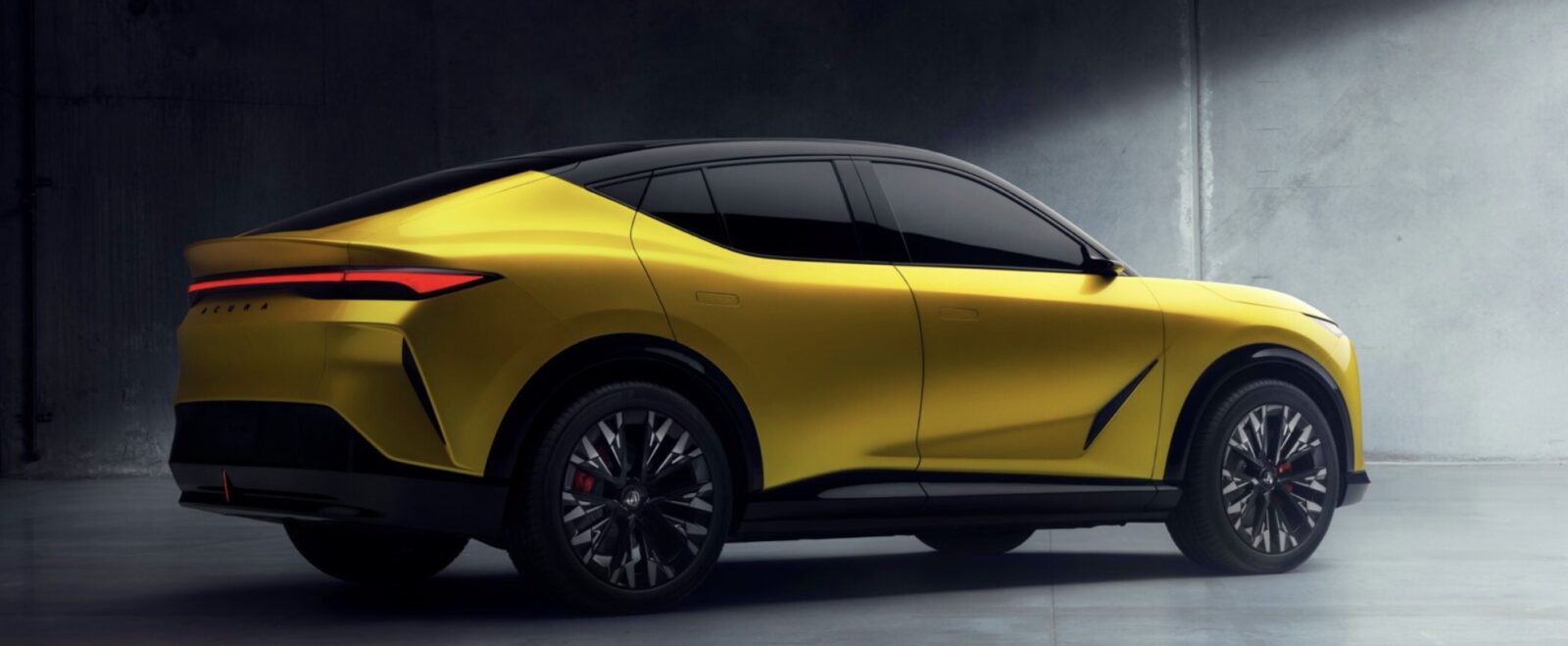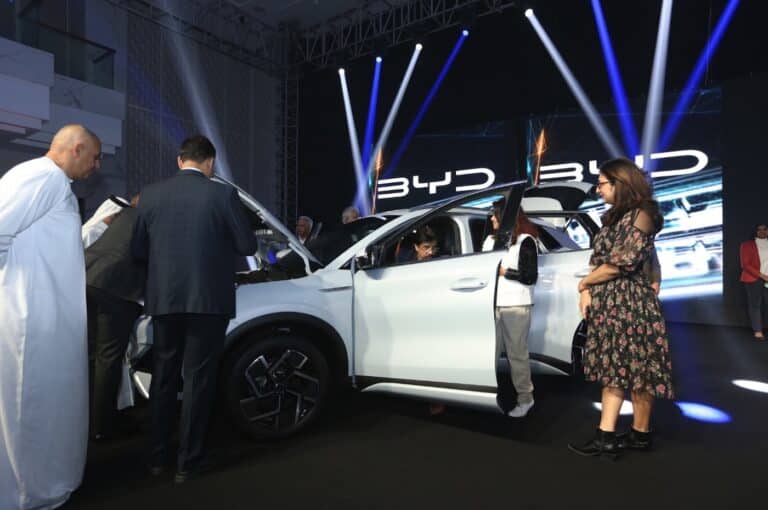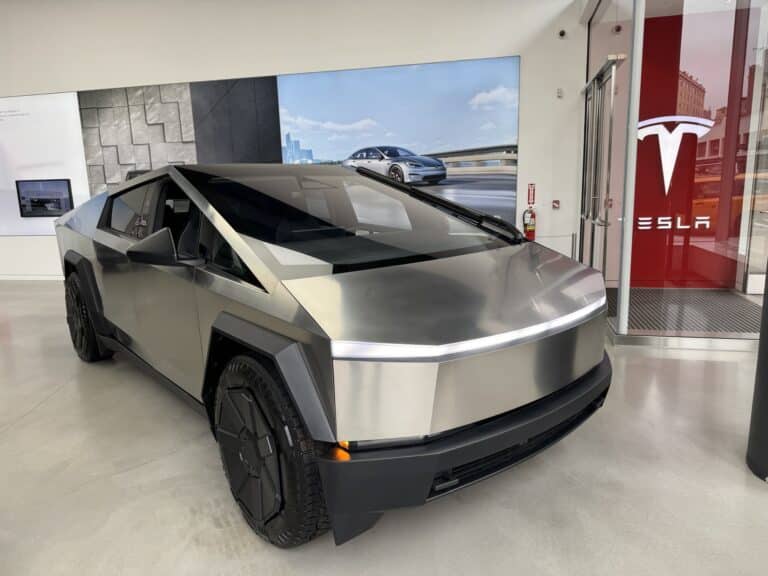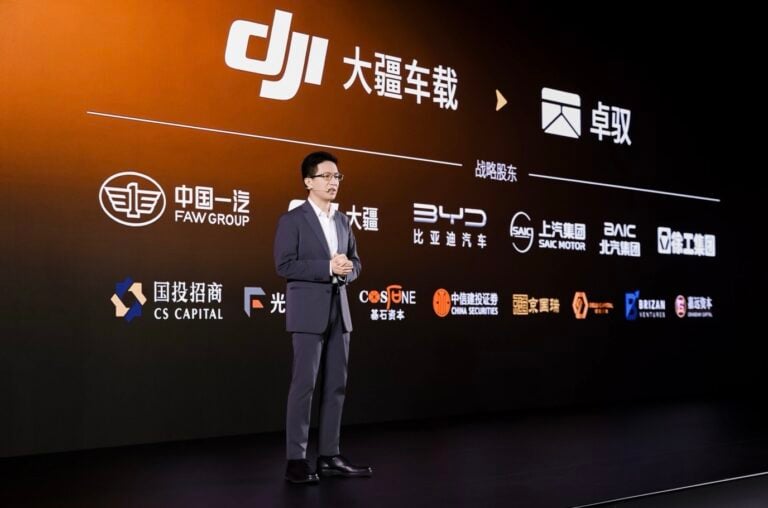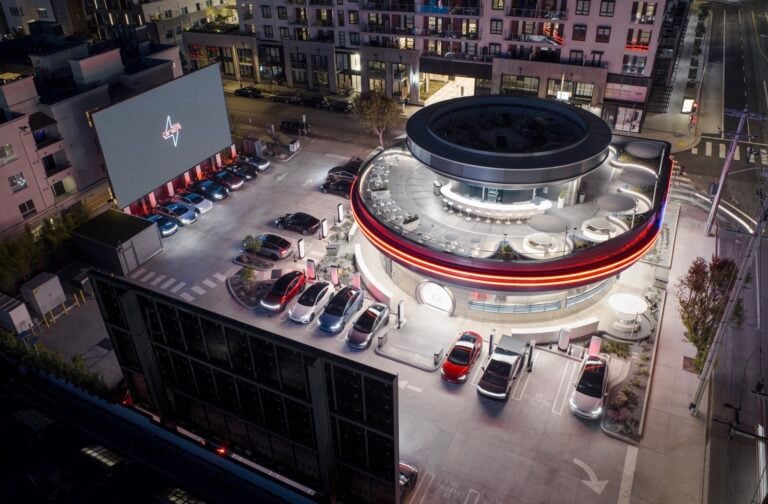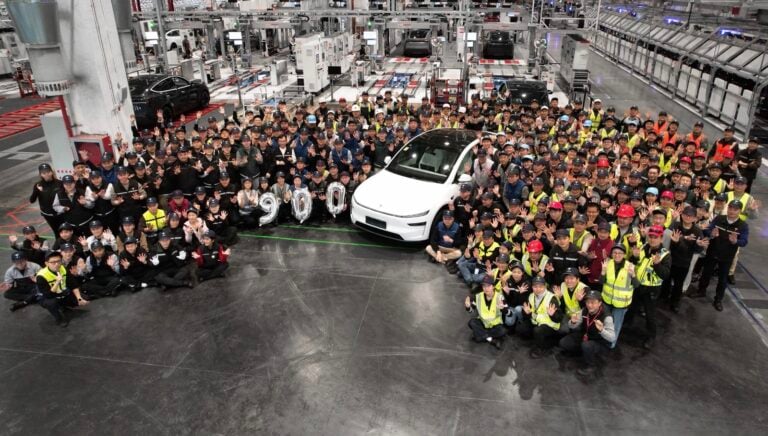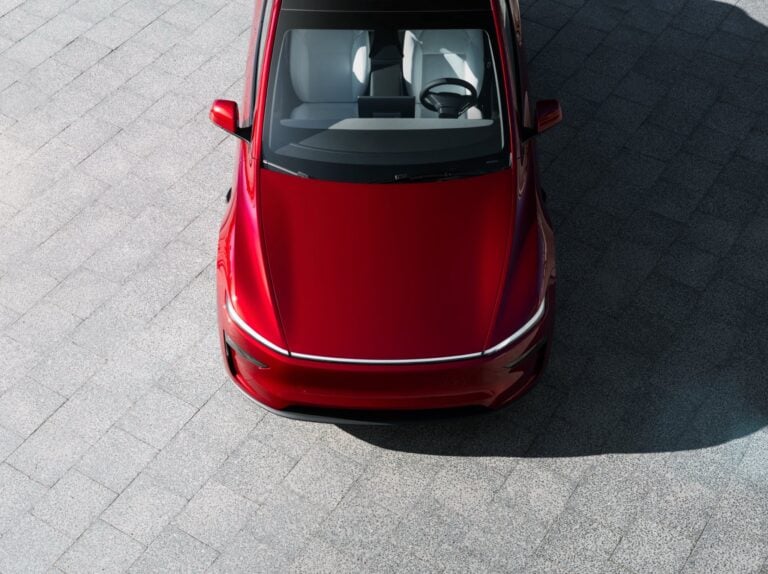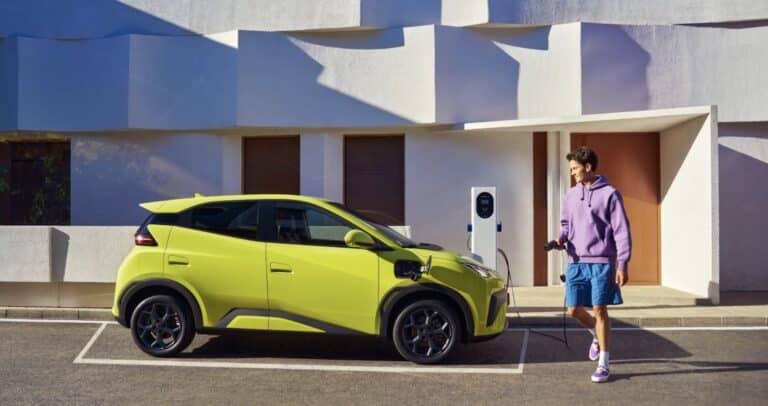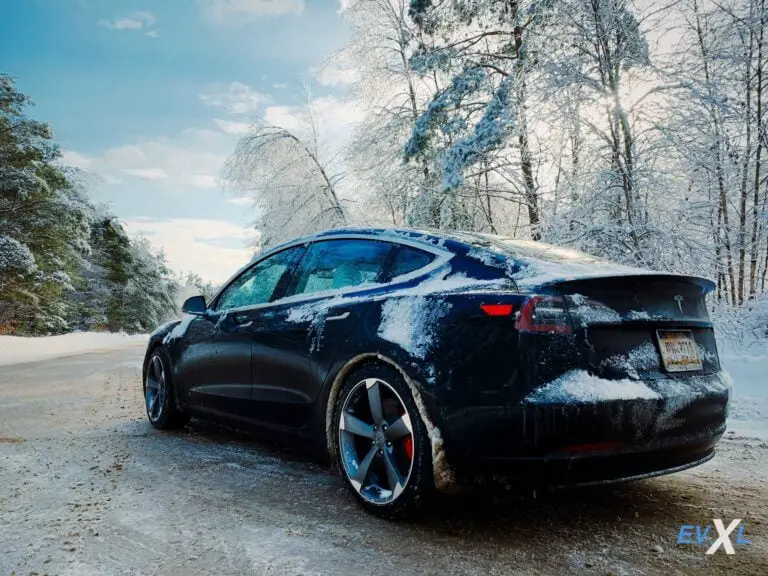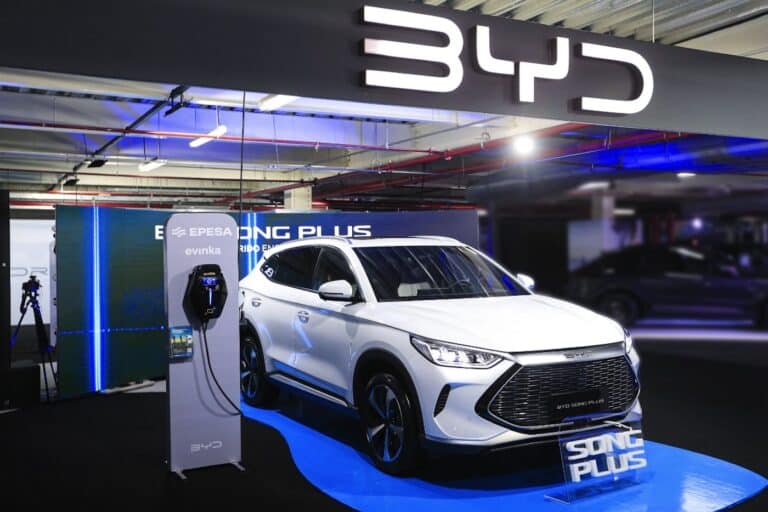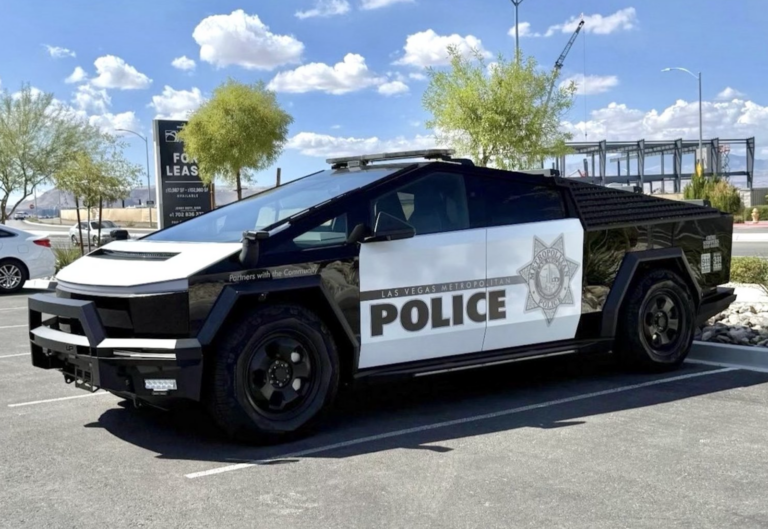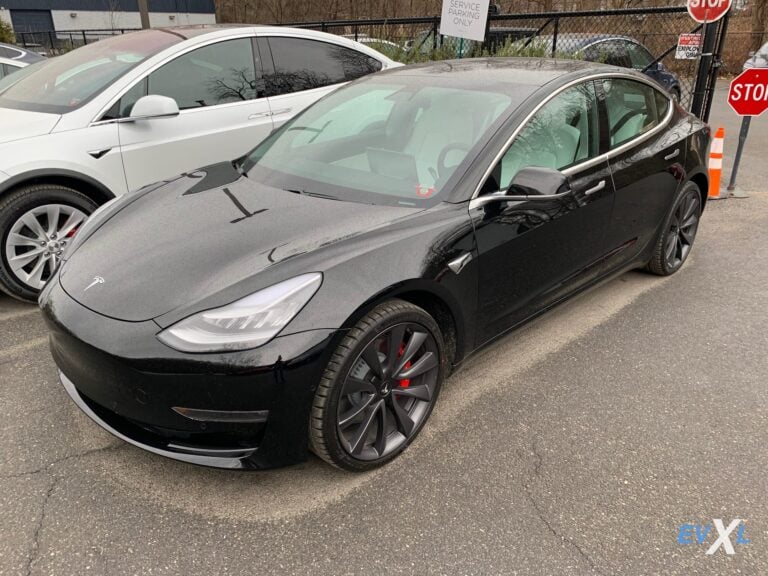What if your next SUV homaged the NSX while updating itself over the air? Acura’s RSX prototype, debuting now, makes that dream a reality with a witty nod to the past.
Acura has revived the RSX nameplate as an all-electric crossover prototype, signaling a shift toward in-house developed electric vehicles for both Acura and its parent company Honda. This model introduces Honda’s new global EV platform and proprietary Asimo operating system, setting the stage for future models like the Honda Zero series, reports The Verge.
Design Evolution from Concept to Prototype
The RSX Prototype builds on the Performance EV concept unveiled at last year’s Monterey Car Week, retaining sharp angles that evoke a boat-like profile. This design choice creates an assertive front end with slit-like daytime running lights framing the Acura logo. At the rear, a full-width taillight pays homage to the second-generation NSX, paired with a prominent “ACURA” logo across the tailgate. The prototype features a coupe-like silhouette and fastback roofline, hinting at strong performance potential. It rides on 21-inch multi-spoke rims, with bright red Brembo brake calipers visible on the front discs. This styling balances dramatic aesthetics with practicality for a premium crossover, appealing to EV enthusiasts seeking distinctive looks without excessive wildness.
Technological Innovations and Software Integration
Central to the RSX is Honda’s in-house Asimo operating system, first announced at CES earlier this year. Asimo manages the vehicle’s core functions and supports over-the-air updates, allowing for ongoing improvements. This software-defined approach marks a departure from Acura’s current ZDX EV, which relies on GM’s Ultium platform, much like Honda’s Prologue. By developing Asimo internally, Honda aims to enhance vehicle adaptability and user experience over time. Building on that, the RSX introduces bidirectional charging, enabling it to power external appliances or even an entire house. This feature aligns with growing demand in the EV market for versatile energy solutions, positioning the RSX as a mobile power unit. Such capabilities raise questions about how EVs might integrate into home energy systems, potentially reducing reliance on traditional grids during outages.
Production Timeline and Broader Implications
Acura plans to assemble the RSX at Honda’s EV Hub in Ohio, sharing the production line with the Acura Integra. Manufacturing begins in the second half of 2026, coinciding with the rollout of the Honda Zero series, starting with the Honda 0 SUV. This shared platform strategy could streamline costs and accelerate Honda’s transition to electrification, especially as it moves away from third-party architectures like Ultium. The RSX’s all-wheel-drive setup and electric powertrain suggest competitive performance, though specifics on range, battery capacity, acceleration, and pricing remain undisclosed. In a related development, Honda has indicated a new “NSX-type” electric sports car is in progress for 2027 or 2028, expanding its high-performance EV lineup. These moves reflect broader industry trends toward proprietary technologies, which could improve efficiency and brand differentiation but also introduce challenges in software reliability and regulatory compliance for over-the-air updates.
Market and Regulatory Context
As EVs gain traction, features like bidirectional charging in the RSX address economic implications for owners, such as potential savings on energy bills or emergency power needs. This capability is increasingly sought after, helping Acura stay ahead in a competitive landscape. However, without released specs, it’s unclear how the RSX will stack up against rivals in terms of range or charging speeds. Regulatory shifts, including incentives for U.S.-made EVs like those produced in Ohio, may boost its appeal under frameworks like the Inflation Reduction Act. Overall, the RSX prototype embodies Honda’s ambition for a software-centric EV future, offering enthusiasts a preview of enhanced functionality and design innovation. This raises intriguing possibilities for how such vehicles might evolve through updates, fostering long-term value in an evolving market.
Photos courtesy of Acura.
Descubra más de EVXL.co
Subscribe to get the latest posts sent to your email.

